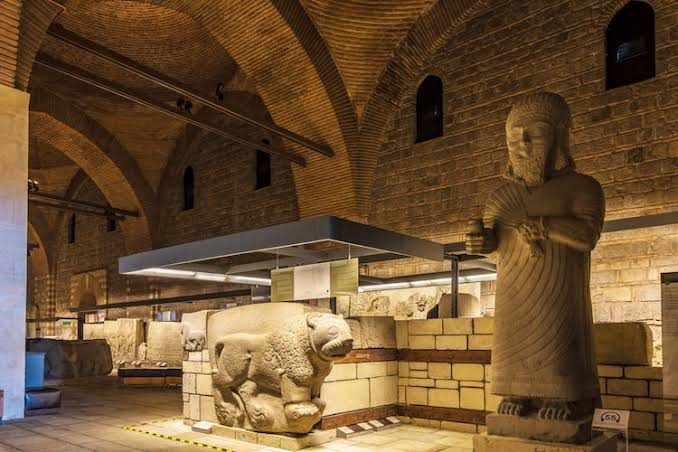
Museum in Ankara: A JourneyThrough Time
Introduction
When it comes to Turkey, most people immediately think of Istanbul with its glittering minarets and ancient Roman ruins. But there's another city that offers a unique gateway into therich tapestry of Turkish history: Ankara, the capital city of Turkey. One of Ankara's true gems is the Museum of Anatolian Civilizations, a space where you can walk throughthousands of years of history in just a few hours.
Location and Significance
The Museum of Anatolian Civilizations is located in the heartof Ankara, near the castle in the Atpazar? area. The museumwas established in a 15th-century market complex, whichitself is an architectural wonder. This provides a fittingbackdrop for the treasure trove of artifacts that await inside. The museum serves as an educational pilgrimage spot forhistory enthusiasts who are keen to understand the multi-layered past of Anatolia, a region that has seen civilizationslike the Hittites, Urartians, and Phrygians come and go.
What Awaits Inside?
Paleolithic Age to the Neolithic Age
As you step inside, the museum takes you on a chronologicaljourney through the ages. The first section focuses on thePaleolithic age and advances to the Neolithic age, offeringartifacts from the world's earliest known human settlementslike Çatalhöyük. Here you can find intricate pottery, stone tools, and even early examples of art that provide a glimpseinto the lives of the first Anatolian settlers.
The Bronze Age: Hittites and More
The highlight for many is the section dedicated to the Hittitecivilization. Here you can see exquisite examples of Hittiteart, such as statues, jewelry, and even a copy of the Hittitelegal code, which was one of the earliest known sets of laws. This section tells the story of how the Hittites rose toprominence in Anatolia and established an empire that was a formidable rival to ancient Egypt and the Assyrians.
Urartu, Phrygia, and Classical Anatolia
Following the Hittites, the museum takes you through theUrartian and Phrygian periods, including the time of thefamous King Midas of the "Golden Touch." There areexamples of Urartian metalwork, which was remarkablyadvanced for its time, and Phrygian wooden furniturepreserved over millennia.
The Greco-Roman Period and Byzantine Era
Anatolia was also a significant part of the Greco-Roman world. The museum houses a number of artifacts from thisperiod, including statues, coins, and intricately designedsarcophagi. The Byzantine era is also well represented, offering a rich display of Christian art and artifacts.
Ottoman Empire
The museum's journey culminates in the period of Ottomanrule. While the main focus of the museum is on the ancientcivilizations, the Ottoman section offers a range of artifactsincluding ceramics, textiles, and weapons, which help to painta fuller picture of Anatolian history.
Why Visit?
The Museum of Anatolian Civilizations is not just a collectionof artifacts but a storytelling experience. Each room and eachartifact adds a layer of depth to our understanding of humanhistory and culture. It serves as a tribute to the people andcivilizations that have made Anatolia their home, eachcontributing a unique thread to the vibrant tapestry of itshistory.
Conclusion
Whether you're a history buff, a student, or simply a curioustraveler, the Museum of Anatolian Civilizations in Ankara is a must-visit. Few museums offer such a comprehensive andwell-organized view of the ancient world, and even fewer do so in a setting as historically rich as Ankara. If you findyourself in Turkey's capital, make sure to carve out some time for this enlightening journey through time.
So, when are you booking your ticket to Ankara?
